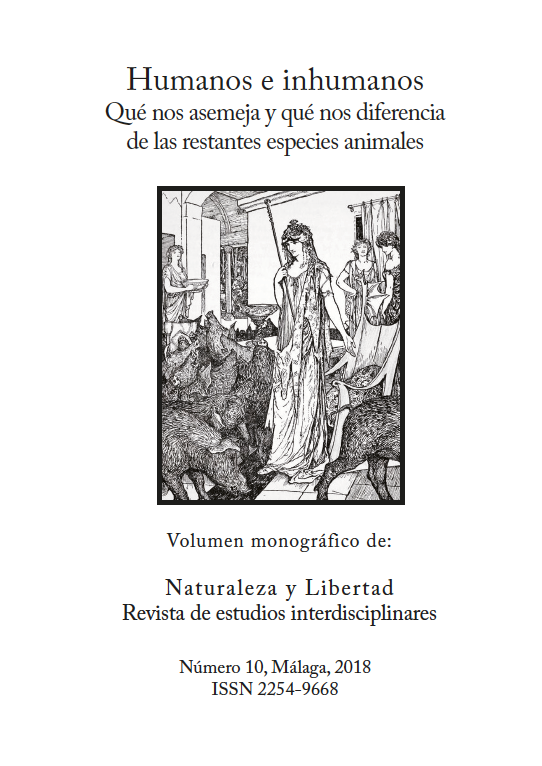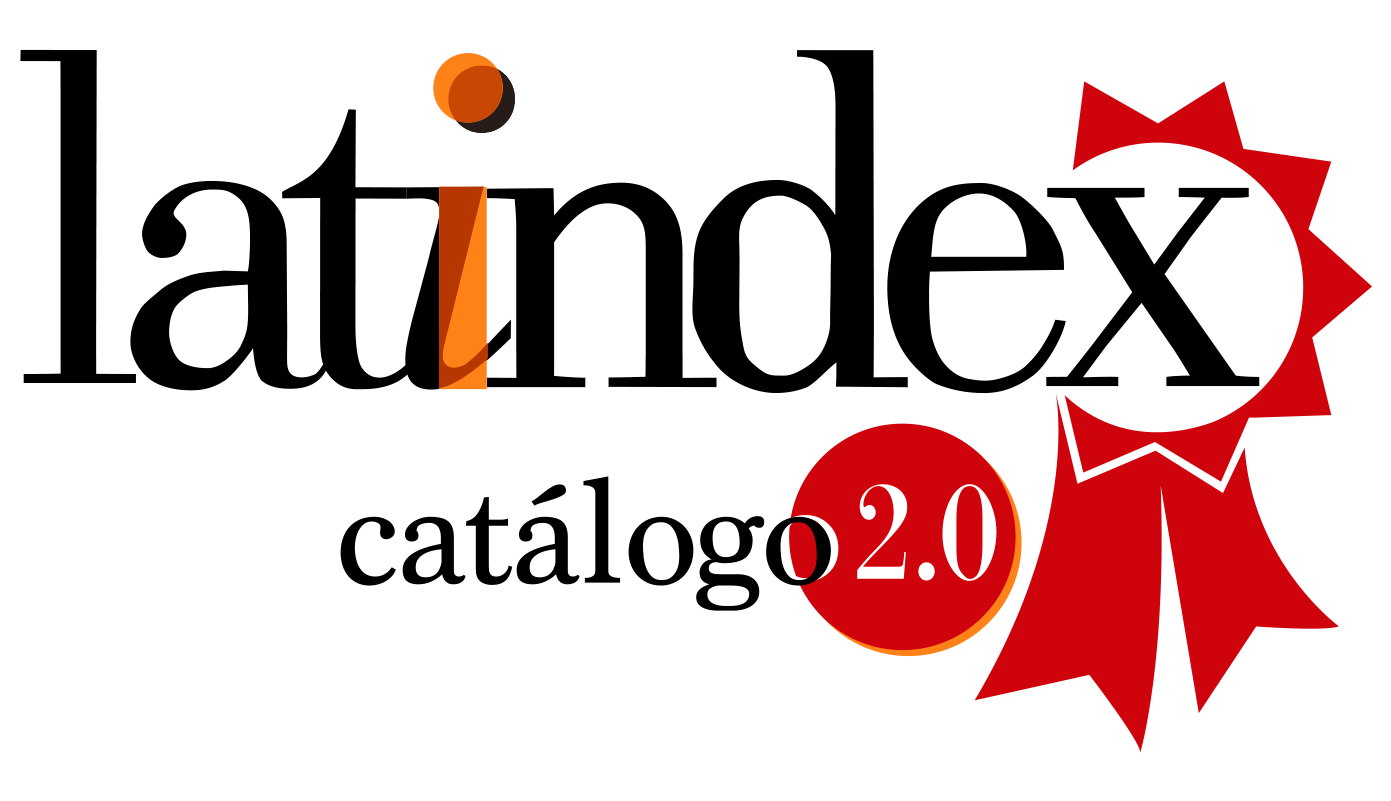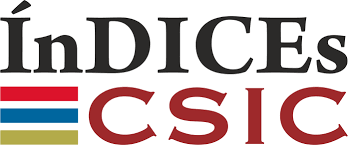Historia de la idea Antropobiológica
DOI:
https://doi.org/10.24310/nyl.v10i3.3672Keywords:
Rasgos biológicos humanos atípicos, inespecialización morfológica, indeterminación de la conducta, nueva valoración de la corporalidad humanaAbstract
Resumen: El artículo tiene dos partes. En la primera se analiza la idea antropo-biológica en sí misma, considerando sus aspectos e implicaciones fundamentales. En la segunda parte, en cambio, desde una perspectiva histórica, se exponen al-gunos de los desarrollos más representativos de la idea antropobiológica, como ocurre en la obra de Aristóteles, Tomás de Aquino, Kant, Herder, von Uexküll y Lorenz.
Palabras clave: Rasgos biológicos humanos atípicos, inespecialización morfoló-gica, indeterminación de la conducta, nueva valoración de la corporalidad humana.
History of the anthropobiological idea.
Abstract: This paper has two parts. In the first one the anthropobiological idea is analyzed in itself, regarding its fundamental aspects and implications. In the second part, instead, is adopted a historical perspective, that consists in exposing some of the most representative developments of the anthropobiological idea, as occurs in the works of Aristotle, Thomas Aquinas, Kant, Herder, von Uexküll and Lorenz.
Key words: Atypical human biological features, morphological inespecialization, indetermination of behaviour, reappraisal of human corporality.
Recibido: 14/10/2017 Aprobado: 5/11/2017
Downloads
Metrics
Downloads
Published
How to Cite
Issue
Section
License
Those authors who have publications with this journal, accept the following terms:
1. Copyright and licensing information are clearly described on the journal’s web site: all content published in Naturaleza y Libertad is open acces without limit, and are subject to the Attribution-NonCommercial-ShareAlike 4.0 International (CC BY-NC-SA 4.0) license. The full text of which can be consulted at https://creativecommons.org/licenses/by-nc-sa/4.0/
2. It is the responsibility of the authors to obtain the necessary permissions for the images that are subject to copyright. The authors whose contributions are accepted for publication in this journal will retain the non-exclusive right to use their contributions for academic, research and educational purposes, including self-archiving or deposit in open access repositories of any kind. The electronic edition of this magazine is edited by the Editorial de la University of Malaga (UmaEditorial), being necessary to cite the origin in any partial or total reproduction.
3. This journal allows and encourages authors to publish papers on their personal websites or in institutional repositories, both before and after their publication in this journal, as long as they provide bibliographic information that accredits, if applicable, your posting on it.
4. In no case will anonymous papers be published.





18.png)













